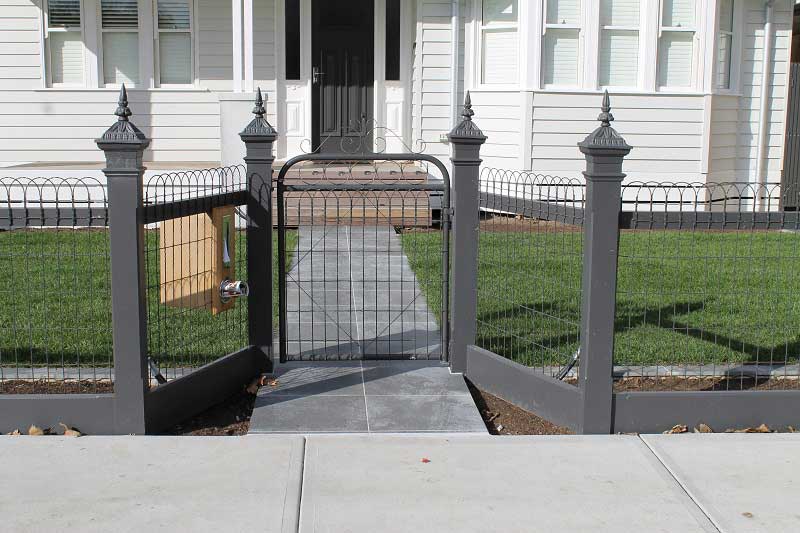The best way to make sure that a plant expands to its optimal possibility is to give it what it requires.
In the case of basil, it is a lot of heat, a lot of intense sunlight and also enough moisture. If you give these, your basil seedlings will grow fast to come to be large plants, providing you with plenty of leaves for your pesto.
If you keep your basil in the little pot it came in, you are not going to have a huge, elegant plant, also if you offer water and also plant foods frequently.
The roots need room to stretch out, so transplant it into a larger pot or plant it out in the garden.
If you are growing your plants from seeds, begin them indoors early so that they will prepare to go outside when cozy climate shows up.
Use warm grow lights or home heating mats to maintain your basil seed startings cozy. A consistent temperature of 70F is ideal.
Mostly all ranges of basil are really tender, so they shouldn't go outside till all risk of frost has actually passed.
As a basic guideline, basil must follow tomato plants. As a matter of fact, both these warm-season plants have comparable social demands. If you have a lengthy growing period, you can sow basil seeds directly in a well-cultivated place or elevated bed at the exact same time as you transplant your tomato seedlings.
By the time the basil plants come up, it will be cozy sufficient for them.
Basil likes some quantity of dampness in the soil all the time, yet it does not like wet feet. Rich growing medium keeps it satisfied, but excellent water drainage needs to be made certain. Function the soil well to make certain great air circulation. Modify the yard soil with garden compost, leaf mold and mildew, as well as various other organic matter.
Dirt compaction slows down growth, so 'friable' dirt is what you should aim for. Include some high nitrogen plant food which assists leafed growth. For natural culture, vermicompost is excellent. Repeat feeding every 2 weeks with garden compost tea.
Squeezing the suggestion completely branching
Many horticulture recommendations pertaining to basil sustains keeping the plant compact as well as bushy. Yet large plants supply more fallen leaves. As you understand very well, even a little amount of pesto calls for fairly a big quantity of fallen leaves.

If you desire a huge basil plant, refrain from squeezing the idea when the plant is 6 inches high as most garden enthusiasts advise.
Allow the plant to grow fast as well as furious up until it is in between 12-15 inches high. Squeeze not simply the apical bud and also the initial set of leaves as you would typically do. Remove around 2 inches of the stem tip. This advertises branching from lower nodes.
The side branches can be permitted to grow as well as fill out prior to their tips are squeezed. They need to be ready within 3 weeks. Remain to squeeze off the pointers of all branches and also use them for making pesto as well as sauces.
Here's an excellent article with detailed photos for appropriately pruning basil.
Alternatively, see the video clip listed below to see just how to squeeze your basil plants ...
Maintaining the plant young and expanding
Regular harvesting is necessary to maintain your basil plant in a constant state of youthfulness. When it begins to generate brand-new growth tipped with flower buds, https://www.diigo.com/profile/stellafencing squeeze them off immediately. Blooming alters the flavor of the herb, so you constantly want to avoid this.
Squeeze off basil prior to it reaches this point.
All annuals need to end up their life process one way or another, however not before their fundamental purpose in life-- procreation-- is achieved. If they feel that their survival is under threat, they accelerate their life process, changing their focus from vegetative growth to reproductive stage. Simply put, they begin creating flowers, which would at some point make seeds.
When plants start their reproductive phase prematurely, it is called bolting.
Summertime warm, dry spell, and modifications in day size are all triggers for bolting.
In the case of some floral annuals like spinach, celery, lettuce, and cilantro, once the plants start to bolt, there's nothing much you can do about it. However basil is different. That's because basil is not truly a yearly.
The majority of sorts of basil can be grown as a perennial in warm environments, although the plants often tend to look scraggly after blooming and the flavor may transform.
However, if you provide it a great pruning and also a lot of water, the vegetative growth begins once again.
Basils are conveniently grown from seeds, so garden enthusiasts normally grow them as annuals also in tropical areas. In temperate climates, this is the only means to expand them other than in heated greenhouses.
When your basil plant begins flowering prematurely, offer it lots of water as well as relocate to a slightly cooler, partly unethical area.
If it is expanding in the ground, create some color around the plant and also maintain a larger area around the plant moist. This helps elevate the humidity as well as supply a much more favorable microclimate for proceeding the vegetative phase. A comprehensive trimming occasionally assists rejuvenate a lifeless plant.
Choosing the selections to expand
Basil plants come from the mint family members that provides us numerous fragrant natural herbs. Nearly all varieties of basil now cultivated are generally for cooking use, however their tastes differ considerably.
There's no injury in trying them out, but if you are not gastronomically daring, it is better to adhere to the attempted and evaluated ones.
Genovese basil is regarded as the very best choice for Italian pesto; Napoletano basil for pizza; Lemon basil for sauces etc. Sweet basil functions simply fine for most people, however Thai basil might be best entrusted to Asian cooking.